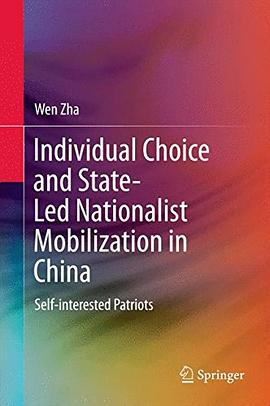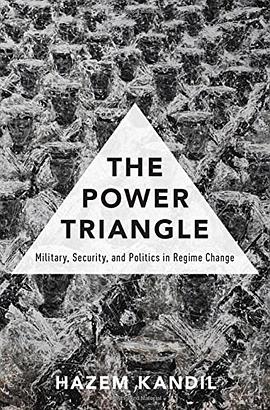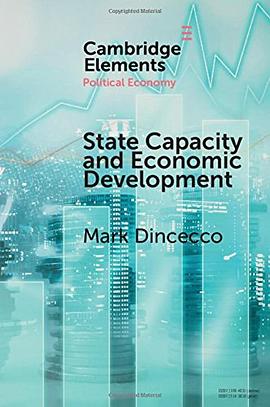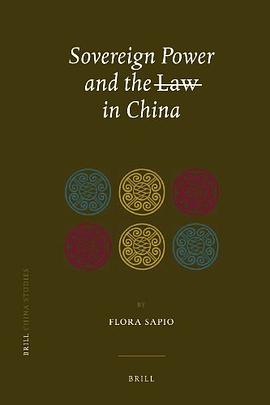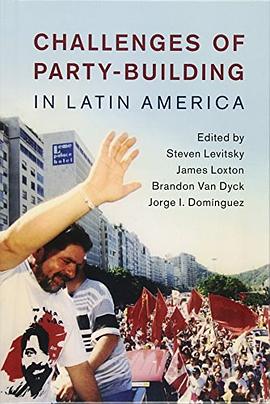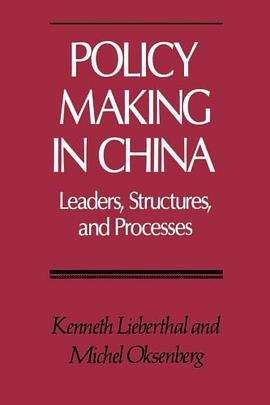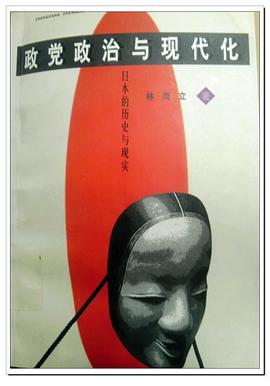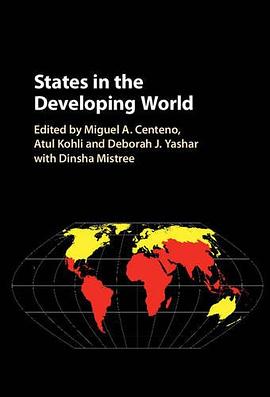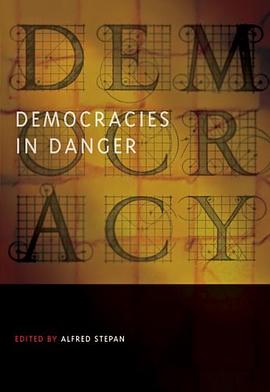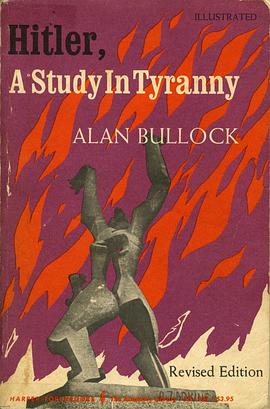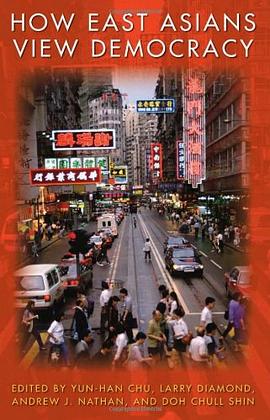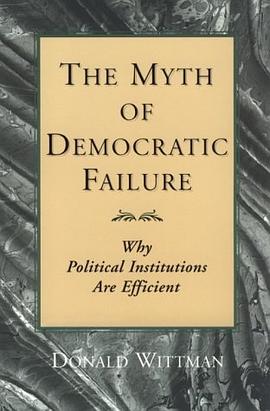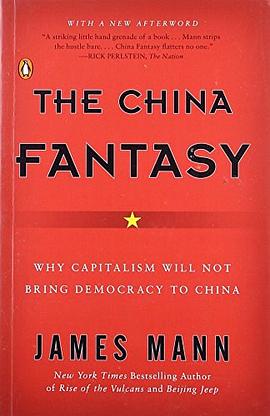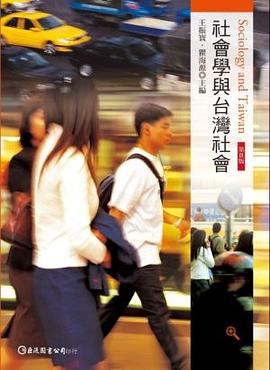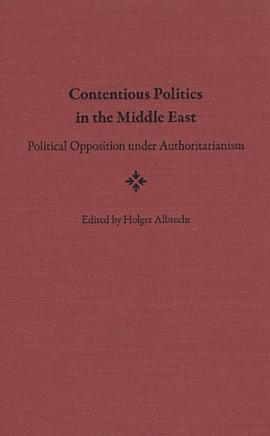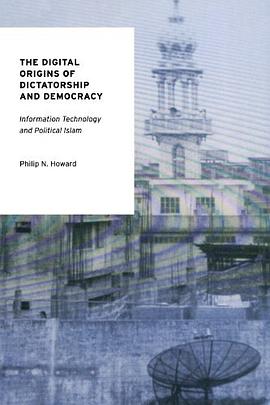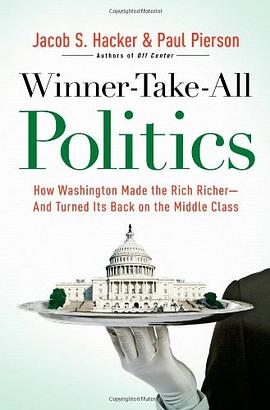1 Introduction......................................... 1
1.1 The Argument: Individual Choice and State Accumulation . . . . . 2
1.2 Conceptualization and Operationalization. . . . . . . . . . . . . . . . . . 4
1.2.1 Outcomes of Mobilization . . . . . . . . . . . . . . . . . . . . . . . 4
1.2.2 Perception of Foreign Threats . . . . . . . . . . . . . . . . . . . . 6
1.2.3 Domestic Institutions . . . . . . . . . . . . . . . . . . . . . . . . . . 8
1.3 Case Selection . . . . . . . . . . . . . . . . . . . . . . . . . . . . . . . . . . . . 10
1.4 Nationalism in Present-Day China . . . . . . . . . . . . . . . . . . . . . . 13
1.5 Book Organization . . . . . . . . . . . . . . . . . . . . . . . . . . . . . . . . . 14
References . . . . . . . . . . . . . . . . . . . . . . . . . . . . . . . . . . . . . . . . . . 15
2 Explaining State-Led Nationalist Movements: Individual
Choice and State Mobilization. . . . . . . . . . . . . . . . . . . . . . . . . . . . 19
2.1 Situating the Theory . . . . . . . . . . . . . . . . . . . . . . . . . . . . . . . . 20
2.1.1 Rational Elites, Emotional Masses . . . . . . . . . . . . . . . . . 20
2.1.2 Is a Mass-Based Instrumentalist Explanation
Possible?. . . . . . . . . . . . . . . . . . . . . . . . . . . . . . . . . . . 23
2.1.3 Self-interests and Group Interests . . . . . . . . . . . . . . . . . . 24
2.2 Explaining Mass Nationalist Movements . . . . . . . . . . . . . . . . . . 25
2.2.1 Assumptions . . . . . . . . . . . . . . . . . . . . . . . . . . . . . . . . 25
2.2.2 Why Does Nationalism Matter? . . . . . . . . . . . . . . . . . . . 26
2.2.3 Explaining Participation: What Motivates
Individuals to Participate? . . . . . . . . . . . . . . . . . . . . . . . 27
2.2.4 Explaining Mobilization . . . . . . . . . . . . . . . . . . . . . . . . 29
2.2.5 Bringing the Two Components Together. . . . . . . . . . . . . 32
2.3 Alternative Explanations . . . . . . . . . . . . . . . . . . . . . . . . . . . . . 34
2.3.1 Cultural Symbols . . . . . . . . . . . . . . . . . . . . . . . . . . . . . 35
2.3.2 Ethnic Animosities . . . . . . . . . . . . . . . . . . . . . . . . . . . . 35
2.4 Conclusion . . . . . . . . . . . . . . . . . . . . . . . . . . . . . . . . . . . . . . 36
References . . . . . . . . . . . . . . . . . . . . . . . . . . . . . . . . . . . . . . . . . . 37
3 The New Life Movement in Jiangxi: Weak Threat
Perceptions, Pro-minority Institutions, and the Limits
of Nationalism . . . . . . . . . . . . . . . . . . . . . . . . . . . . . . . . . . . . . . . 41
3.1 Is the New Life Movement a Nationalist Movement? . . . . . . . . . 42
3.1.1 The Rationale of the New Life Movement:
From Daily Habits to National Revival . . . . . . . . . . . . . . 42
3.1.2 Cleaning Up Cities. . . . . . . . . . . . . . . . . . . . . . . . . . . . 44
3.1.3 Rehabilitating the Rural Areas . . . . . . . . . . . . . . . . . . . . 44
3.2 Assessing the Outcome of New Life Mobilization . . . . . . . . . . . 46
3.2.1 Agricultural Production. . . . . . . . . . . . . . . . . . . . . . . . . 47
3.2.2 State Accumulation . . . . . . . . . . . . . . . . . . . . . . . . . . . 47
3.2.3 Cleanliness and Orderliness . . . . . . . . . . . . . . . . . . . . . . 49
3.3 The Public’s Weak Perception of Foreign Threats . . . . . . . . . . . 50
3.3.1 Nationalist Mobilization Without a Foreign Enemy . . . . . 50
3.3.2 Effects on Mobilization. . . . . . . . . . . . . . . . . . . . . . . . . 52
3.4 The Restoration of Pro-minority Institutions. . . . . . . . . . . . . . . . 54
3.4.1 Returning the Land to the Original Owners . . . . . . . . . . . 54
3.4.2 Effects on Mobilization. . . . . . . . . . . . . . . . . . . . . . . . . 56
3.5 Alternative Explanations . . . . . . . . . . . . . . . . . . . . . . . . . . . . . 58
3.5.1 Policy Implementation by Local Officials . . . . . . . . . . . . 58
3.5.2 Domestic Contenders . . . . . . . . . . . . . . . . . . . . . . . . . . 60
3.5.3 The Superficiality of the New Life Movement . . . . . . . . . 60
3.5.4 Top-Down Model . . . . . . . . . . . . . . . . . . . . . . . . . . . . 61
3.5.5 Customs and Cultural Symbols . . . . . . . . . . . . . . . . . . . 62
3.6 Conclusion . . . . . . . . . . . . . . . . . . . . . . . . . . . . . . . . . . . . . . 63
References . . . . . . . . . . . . . . . . . . . . . . . . . . . . . . . . . . . . . . . . . . 64
4 Sichuan During the Sino-Japanese War: Strong Threat
Perceptions, Pro-minority Institutions, and the Limited
Success of Nationalist Mobilization . . . . . . . . . . . . . . . . . . . . . . . . 69
4.1 The Outcome of Nationalist Mobilization: A Limited Success . . . 69
4.1.1 Industrial and Agricultural Production. . . . . . . . . . . . . . . 69
4.1.2 State Accumulation . . . . . . . . . . . . . . . . . . . . . . . . . . . 71
4.1.3 Conscription . . . . . . . . . . . . . . . . . . . . . . . . . . . . . . . . 73
4.2 Strong Perception of Foreign Threats and Mass Participation . . . . 74
4.2.1 The Industrial Relocation at the Onset of the War . . . . . . 74
4.2.2 Japanese Air Raids and Mobilization in Free China . . . . . 77
4.3 Pro-minority Institutions and Their Effects on Nationalist
Mobilization . . . . . . . . . . . . . . . . . . . . . . . . . . . . . . . . . . . . . 80
4.3.1 Pro-minority Economic Institutions. . . . . . . . . . . . . . . . . 80
4.3.2 Pro-minority Political Institutions . . . . . . . . . . . . . . . . . . 84
4.3.3 Effects on Mobilization. . . . . . . . . . . . . . . . . . . . . . . . . 84
4.4 Alternative Explanations . . . . . . . . . . . . . . . . . . . . . . . . . . . . . 87
4.4.1 Central–Local Relations and Mobilization
Implementation . . . . . . . . . . . . . . . . . . . . . . . . . . . . . . 87
4.4.2 Ethnic Animosities . . . . . . . . . . . . . . . . . . . . . . . . . . . . 88
4.5 Conclusion . . . . . . . . . . . . . . . . . . . . . . . . . . . . . . . . . . . . . . 90
References . . . . . . . . . . . . . . . . . . . . . . . . . . . . . . . . . . . . . . . . . . 90
5 The Lower Yangtze Region During the Korean War:
Strong Threat Perceptions, Pro-majority Institutions,
and Successful Nationalist Mobilization . . . . . . . . . . . . . . . . . . . . . 93
5.1 The Outcomes of Wartime Mobilization . . . . . . . . . . . . . . . . . . 94
5.1.1 Restoration of Domestic Production . . . . . . . . . . . . . . . . 94
5.1.2 Increase in State Accumulation . . . . . . . . . . . . . . . . . . . 97
5.1.3 State Control over Citizens . . . . . . . . . . . . . . . . . . . . . . 98
5.2 Strong Perception of Foreign Threats and Mass Participation . . . . 99
5.2.1 The Public’s Perception of Threats . . . . . . . . . . . . . . . . . 99
5.2.2 Public Fear and State Protection . . . . . . . . . . . . . . . . . . 101
5.2.3 Effects on Mobilization. . . . . . . . . . . . . . . . . . . . . . . . . 102
5.3 Pro-majority Institutions and Mass Participation . . . . . . . . . . . . . 104
5.3.1 Labor Insurance System and the Urban Population. . . . . . 105
5.3.2 Land Reform and the Rural Population. . . . . . . . . . . . . . 107
5.3.3 Effects on Mobilization. . . . . . . . . . . . . . . . . . . . . . . . . 109
5.4 Alternative Explanations . . . . . . . . . . . . . . . . . . . . . . . . . . . . . 112
5.4.1 Emotive Nationalism and Animosities Toward
Foreign Enemies . . . . . . . . . . . . . . . . . . . . . . . . . . . . . 112
5.4.2 State Coercion . . . . . . . . . . . . . . . . . . . . . . . . . . . . . . . 114
5.5 Conclusion . . . . . . . . . . . . . . . . . . . . . . . . . . . . . . . . . . . . . . 114
References . . . . . . . . . . . . . . . . . . . . . . . . . . . . . . . . . . . . . . . . . . 115
6 The Great Leap Forward in Sichuan: Weak Threat
Perceptions, Hybrid Institutions, and the Mixed
Outcomes of Mobilization . . . . . . . . . . . . . . . . . . . . . . . . . . . . . . . 119
6.1 Evaluating the Outcome of Mobilization . . . . . . . . . . . . . . . . . . 120
6.1.1 Agricultural Production. . . . . . . . . . . . . . . . . . . . . . . . . 120
6.1.2 State Accumulation . . . . . . . . . . . . . . . . . . . . . . . . . . . 121
6.1.3 Small Industries and Construction Projects . . . . . . . . . . . 122
6.2 Weak Threat Perceptions and Their Effects on Mobilization . . . . 123
6.2.1 The Second Taiwan Strait Crisis and the
Anti-American Campaign . . . . . . . . . . . . . . . . . . . . . . . 123
6.2.2 Effects on Mobilization. . . . . . . . . . . . . . . . . . . . . . . . . 126
6.3 Domestic Institutions and Their Effects on Mobilization . . . . . . . 127
6.3.1 Collectivization: From Pro-majority Institutions
to Pro-state Institutions . . . . . . . . . . . . . . . . . . . . . . . . . 127
6.3.2 Effects on Mobilization. . . . . . . . . . . . . . . . . . . . . . . . . 132
6.4 Alternative Explanations . . . . . . . . . . . . . . . . . . . . . . . . . . . . . 134
6.4.1 Disincentive Effects of Collectivization. . . . . . . . . . . . . . 134
6.4.2 The One-Time Game Thesis . . . . . . . . . . . . . . . . . . . . . 135
6.4.3 Unscientific Methods of Agricultural Production . . . . . . . 135
6.4.4 Egalitarianism in the People’s Commune . . . . . . . . . . . . 136
6.5 Conclusion . . . . . . . . . . . . . . . . . . . . . . . . . . . . . . . . . . . . . . 137
References . . . . . . . . . . . . . . . . . . . . . . . . . . . . . . . . . . . . . . . . . . 137
7 Conclusion . . . . . . . . . . . . . . . . . . . . . . . . . . . . . . . . . . . . . . . . . . 141
7.1 A Summary of Arguments. . . . . . . . . . . . . . . . . . . . . . . . . . . . 141
7.2 Implications and Two Additional Minor Cases. . . . . . . . . . . . . . 142
7.2.1 The Nationalist Mobilization in Germany
Before WWI . . . . . . . . . . . . . . . . . . . . . . . . . . . . . . . . 144
7.2.2 Spain in the Late Nineteenth Century . . . . . . . . . . . . . . . 146
7.2.3 A Discussion. . . . . . . . . . . . . . . . . . . . . . . . . . . . . . . . 148
7.3 Limitations and Suggestions for Future Research . . . . . . . . . . . . 149
References . . . . . . . . . . . . . . . . . . . . . . . . . . . . . . . . . . . . . . . . . . 152
Index . . . . . . . . . . . . . . . . . . . . . . . . . . . . . . . . . . . . . . . . . . . . . . . . 155
· · · · · · (
收起)
